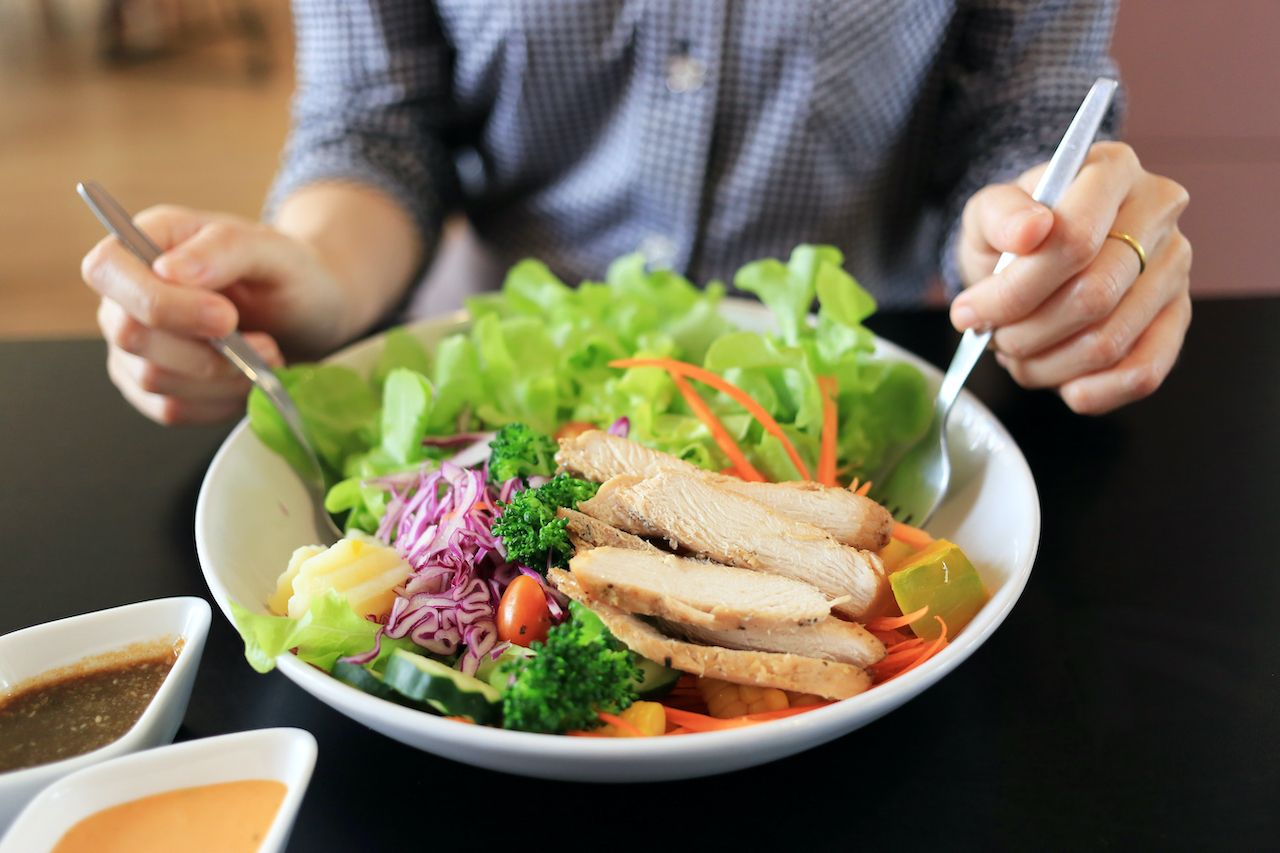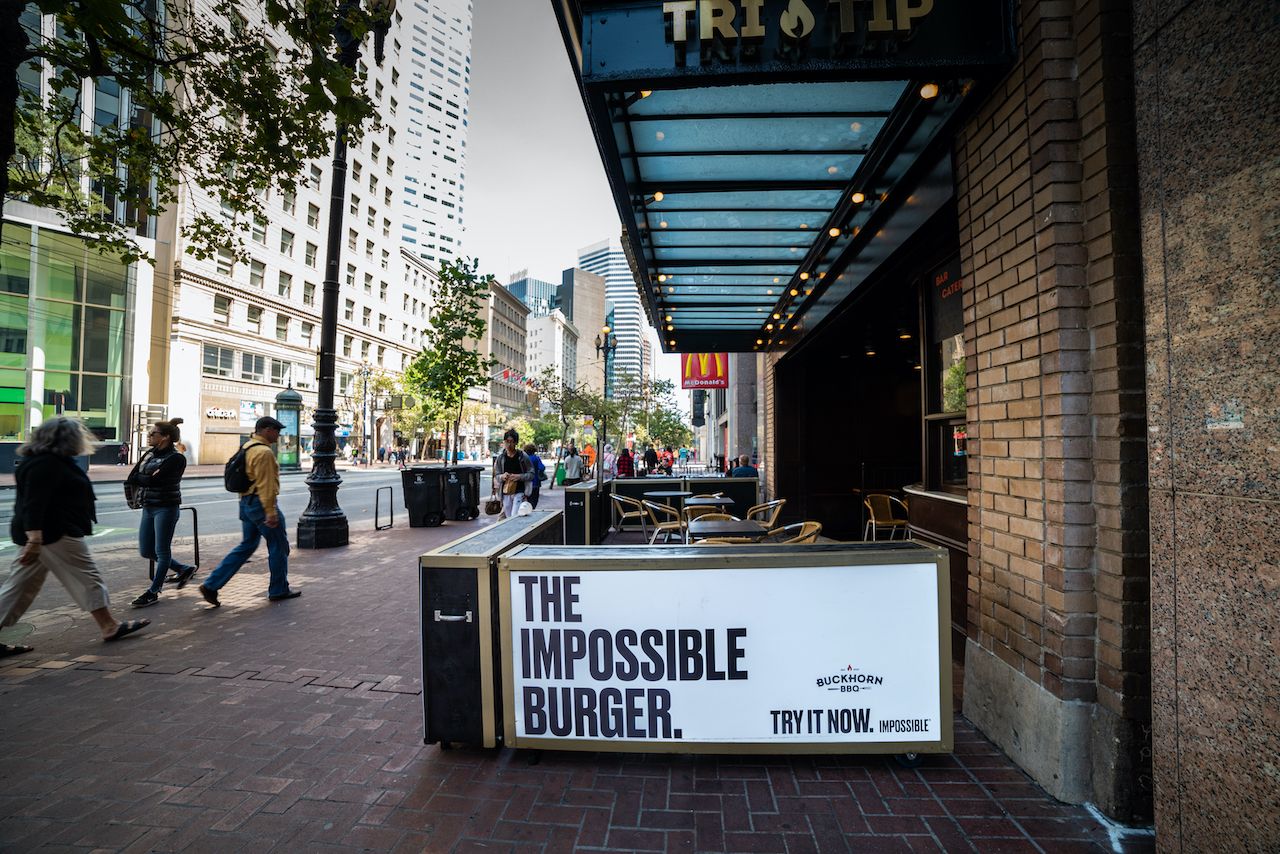McDonald’s announced yesterday that it will start selling a “McPlant” burger. As odd as it may sound, that is a good thing. After all, eating less meat is critical to saving our planet — and, until now, an order of fries has been the only way to have a hot, non-dessert item at Micky D’s that doesn’t feature meat.
In his documentary, A Life On Our Planet, Sir David Attenborough discusses the five critical steps to heal our planet and to save it — and us — from a very bleak future. One of those steps is moving away from meat, which is not just an inefficient way to turn the sun’s energy into calories but also a damaging one. Humans are destroying pristine forests around the globe to make way for cattle ranching and for the harvesting of grain to feed that cattle. Seventy percent of the planet’s agricultural space goes to meat production.


